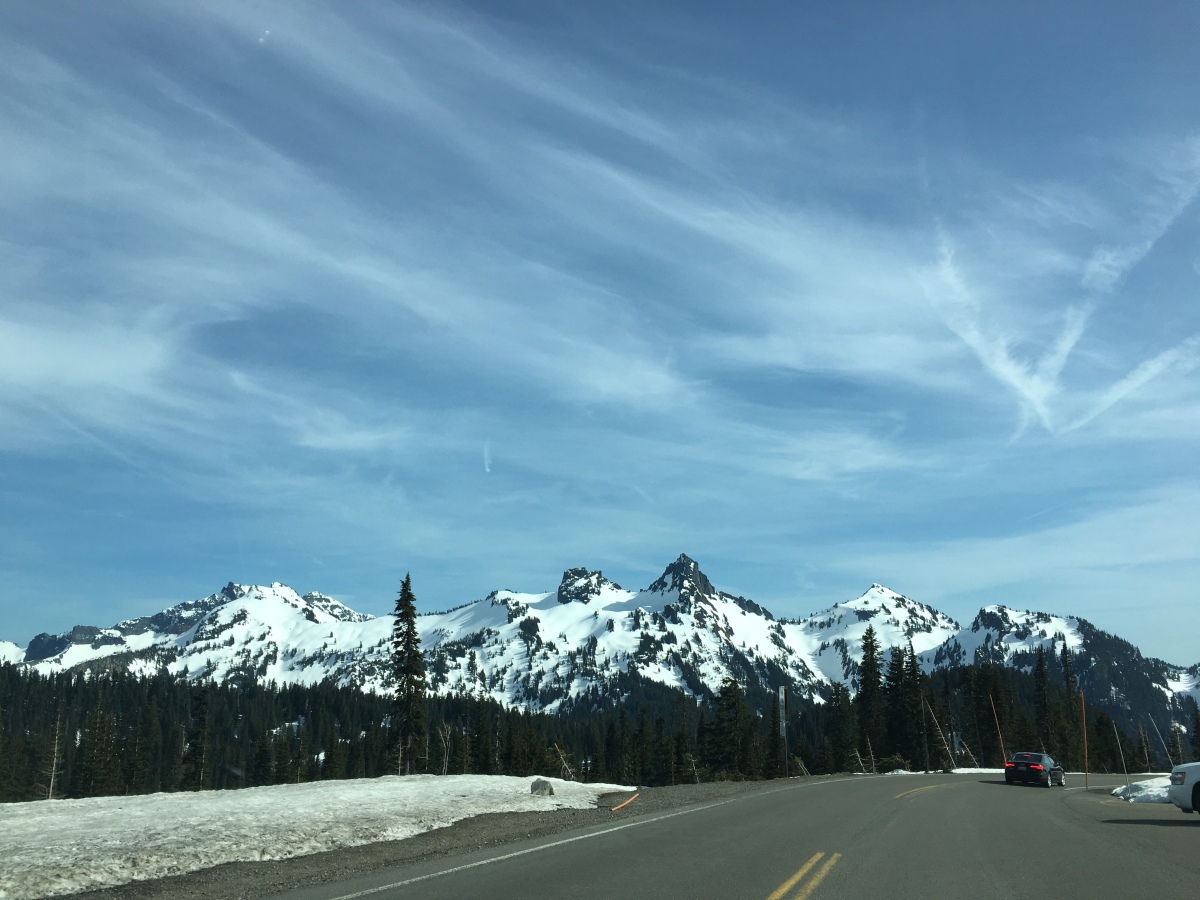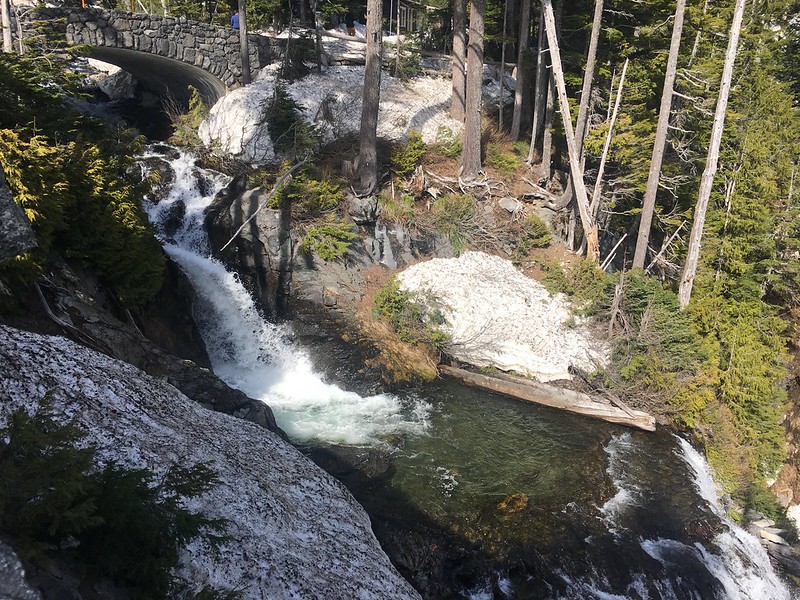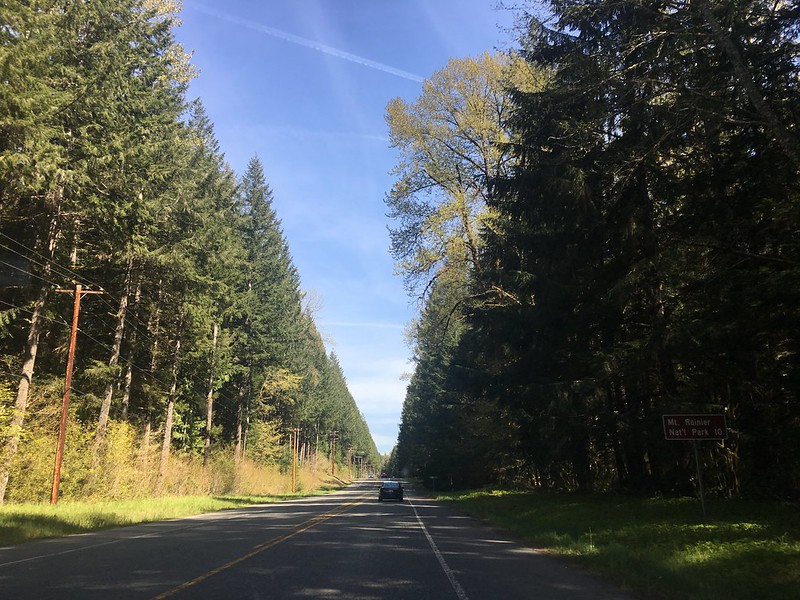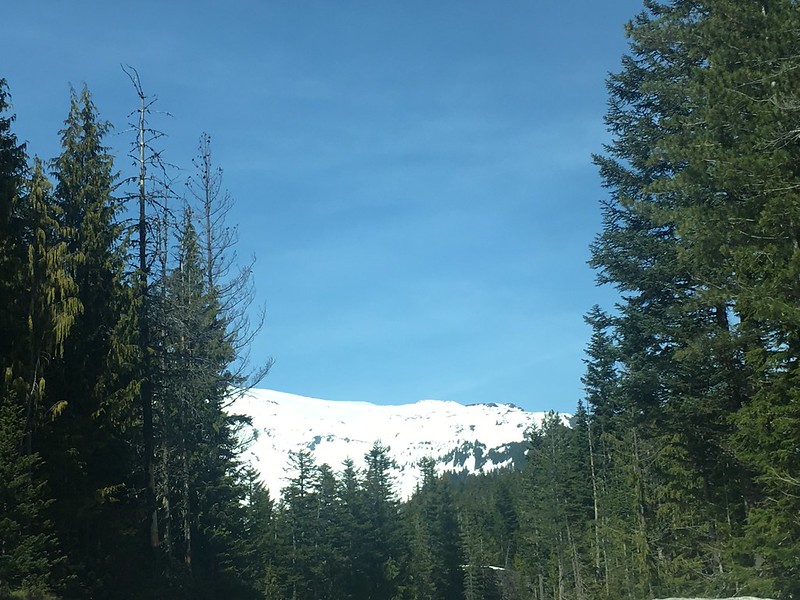Having lived all my life in a tropical country, I have never experienced snow. Actually, I’m very sensitive to cold weather and prone to feeling the chills when the temperature drops so I have accepted that experiencing snow will never be a reality.
That changed when my bro decided to take Hubby, the kids and myself to Mount Rainier in Washington State during the fam’s US trip.
Famed Scottish-American naturalist John Muir once said, “Of all the fire mountains which like beacons, once blazed along the Pacific Coast, Mount Rainier is the noblest.”
Mount Rainier truly offers a lot of awesome sights to behold. And if you’re planning a similar trip to this famous attraction, here are some things you might like to know:
1. It was formed by volcanic activity and is, in fact, an active volcano.
At 14,410 feet, Mount Rainier stands at the center of the country’s fifth national park and is the most glaciated peak in the continental United States. It is a product of many prehistoric volcanic activities as evidenced by basalt columns and other remnants of early eruptions and lava flows.
Active steam vents, intermittent earth tremors and its previous eruptions indicate that Mount Rainier is sleeping, not dead. Set your mind at ease, though: there are seismic monitoring stations throughout the place that should be able to provide warning of impending eruptions days in advance. You should still watch out for other geologic activities that occur with little warning such as rock falls and debris flows. If you happen to be near a river and notice a rapid rise in water level or prolonged ground tremors and rumbling noise, the park advises to head on to higher ground, 200 feet above river level should be safe.
2. Its landscape is ever-changing.
From a distance, Mount Rainier may seem solid and permanent but, up close, it constantly changes. This spring, melting snow reveal subalpine meadows with flowers that rapidly bloom for pollinating insects, and foraging animals ensure the continuity of life despite the summer that lasts for only two months.
As a wanderer, you also need to be prepared for the changing conditions on the mountain such as retracing hiking routes, snow avalanches, rushing streams and changing weather. Gear up for potential difficulties you may encounter when you decide to go hiking, snow boarding or climbing.
Our group, for example, was initially planning to enjoy the views at Sunrise, the highest point in the park reachable by car but closed roads going to the area made us change our plans to go to visit Longmire, the Narada Falls and the Paradise Visitors Center instead.
Factoring in some flexibility in your sightseeing will ensure that everyone still has a good time despite changes in plans. Be sure to note road closure signs and other safety notices on the way. You can dial 9-1-1 from any phone located within the park for emergency assistance.
3. Its wilderness is home to diverse fauna.
Beyond the roads, parking lots and visitor centers is sprawling wild land: over 97 percent of the Mount Rainier National Park is protected by the 1964 Wilderness Act that keeps it free from development. Here, animals such as black bears, beavers, mountain goats, spotted owls and the recently reintroduced Pacific fishers, can roam and live freely in the thick forests, lush meadows, rushing rivers and sparkling lakes.
While exploring Mount Rainier, you can take the opportunity to enjoy all the relaxing green spaces to recharge and reinvigorate yourself away from the stresses of city living. You can also take in the wonders of nature that are in abundance in the area, thanks to the conservation efforts of the National Parks Service.
Mount Rainier National Park is located in East Ashford, Washington, 90 miles (about 2 hours drive) from Seattle. The park charges USD30 (Php1,565) for every passenger vehicle, or USD25 (Php1,304) for every motorcycle. Walk-ins and bicyclists are charged USD15 (Php783).
For more details about the Mount Rainier National Park, visit its website.
Check out the other attractions the fam and I visited during our US trip:
















